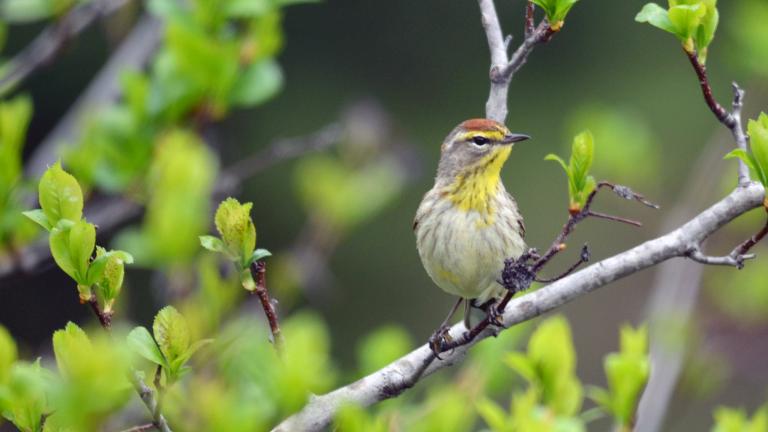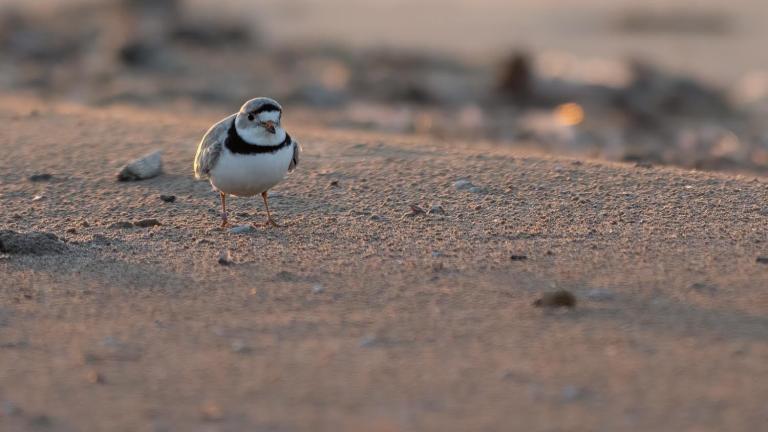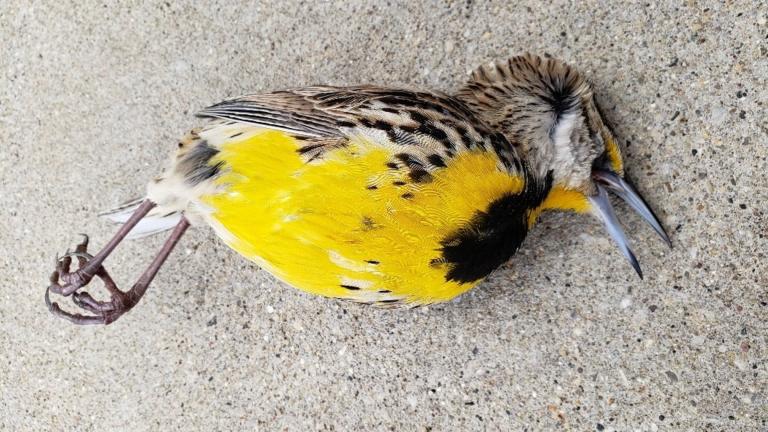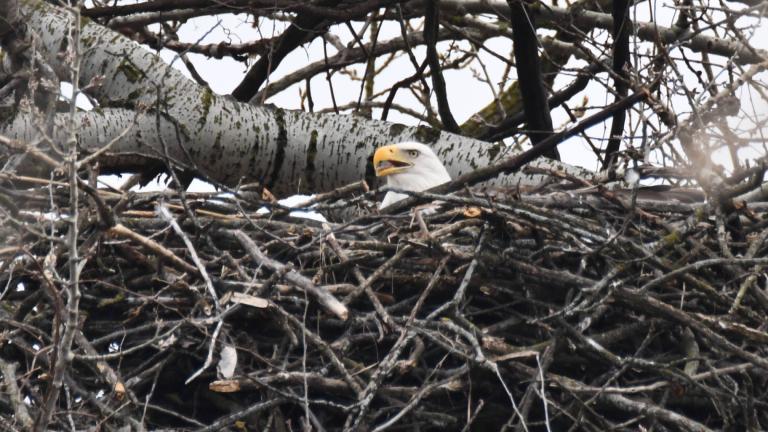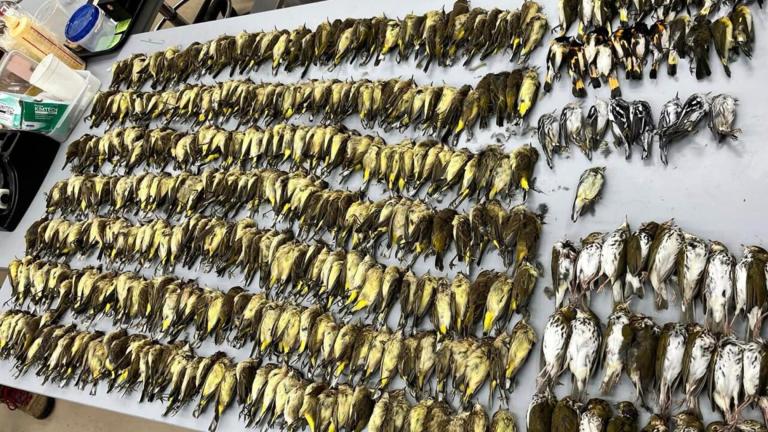 Sandhill cranes. (ladymacbeth / Pixabay)
Sandhill cranes. (ladymacbeth / Pixabay)
Chicagoans have been enjoying the sight, and sound, of sandhill cranes migrating overhead in recent days as the large, raucous birds wing their way south.
The region’s bird lovers eagerly anticipate the annual flyover but for regular observers of the cranes, this year’s migration was cause for anxiety.
People checking the weekly bird count provided by officials at Indiana’s Jasper-Pulaski Fish and Wildlife Area — a primary rest stop for cranes along the eastern flyway before their final push to Florida — noticed numbers were dramatically lower than expected. For reference: Weekly counts in 2020 steadily grew from 11,255 in early November to more than 16,000 on Nov. 17. In 2021, fewer than 2,000 sandhill cranes had arrived at Jasper-Pulaski by Nov. 2 and just 4,452 were on site Nov. 18.
Considering the Midwest subspecies of sandhill crane had once been reduced to just two dozen nesting pairs, fears of a serious population decline were front of mind.
Turns out, the birds were simply procrastinating.
On Tuesday, Jasper-Pulaski reported 28,652 cranes, the biggest increase Nathaniel Miller, conservation director for Audubon Great Lakes, said he can recall.
“I’m glad those numbers came in,” said a relieved Miller, who theorized that the warm fall weather likely played a role in delaying the cranes’ departure from their northern breeding territory.
“Bird migration is still poorly understood. But we know they are cued by weather,” he said.
Indeed, the cranes have gradually been arriving at Jasper-Pulaski later and later in the year due to rising temperatures caused by climate change, Miller said, though never to such striking effect as this year.
While sandhill cranes have proven themselves resilient, shifts in their migratory habits could outpace their ability to adjust, he said. For example, the wetland-loving birds could head further north in the summer, chasing cooler temperatures, only to encounter forested areas ill-suited for their needs.
It’s a warning alarm that’s growing louder and more insistent, Miller said, lending urgency to legislation like the proposed Growing Climate Solutions Act, which would encourage farmers to employ practices like maintaining or restoring wetlands on acreage that currently provides little for wildlife in terms of food or shelter.
“So much of our land is privately owned, we have to be able to work on these lands,” said Miller.
In the here and now, Miller encouraged people to take in the spectacle of tens of thousands of sandhill cranes at Jasper-Pulaski, a gathering he likened to a festival for the birds.
Cranes, he said, are extremely social birds, always talking. They form tightknit family units that migrate together (unlike Chicago’s beloved plovers) and will hang out for weeks at Jasper-Pulaski, making friends the same way humans bond with neighbors. There’s a sense that cranes will even decide when to take their leave of Jasper-Pulaski based on when their pals are ready to go, Miller said.
They’re such an incredible species, he said, and a great motivating factor to push forward with conservation efforts.
“Birds are durable,” said Miller, “if you give them a fighting chance.”
Contact Patty Wetli: @pattywetli | (773) 509-5623 | [email protected]

